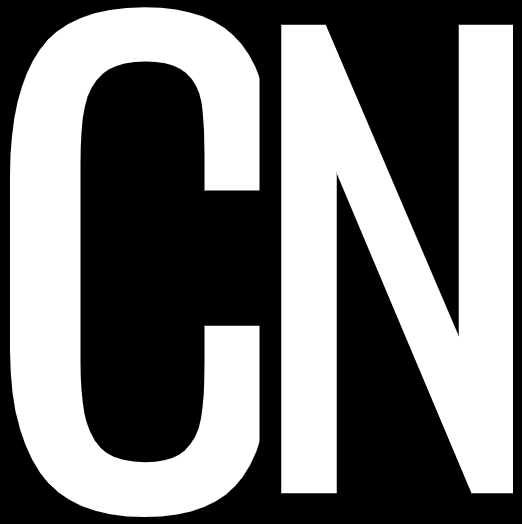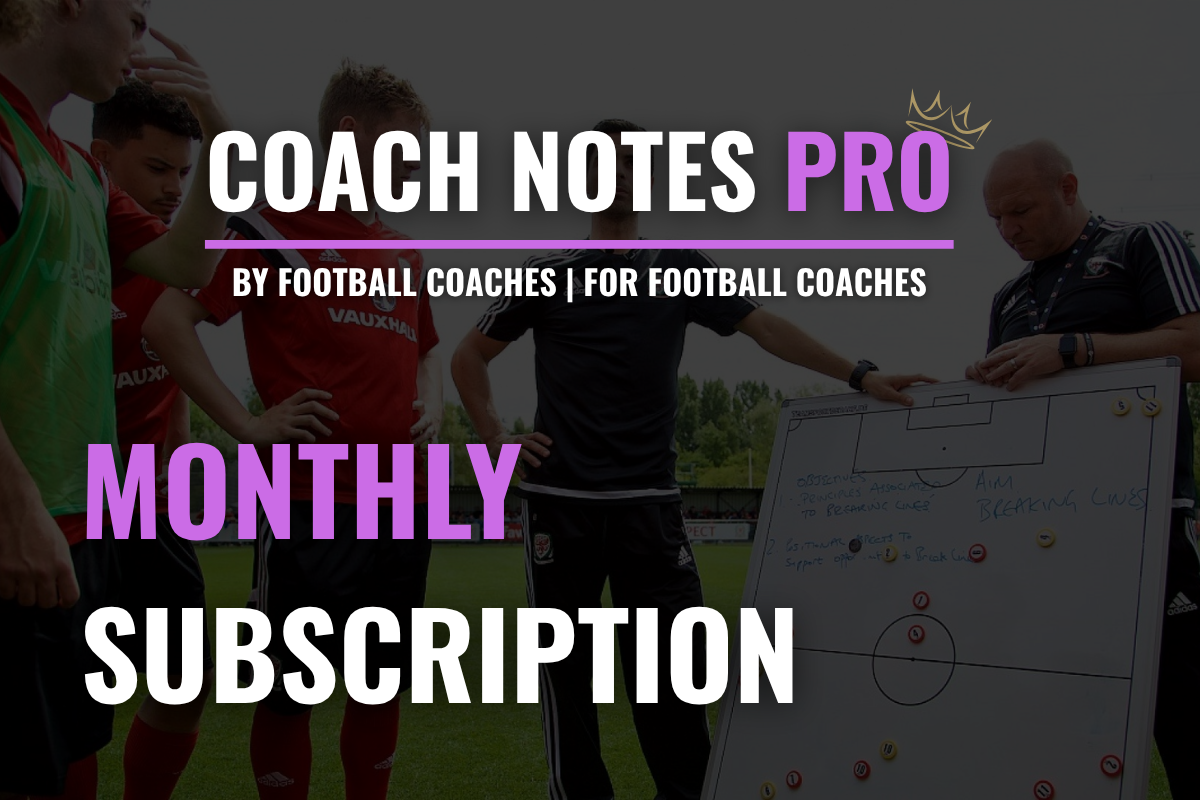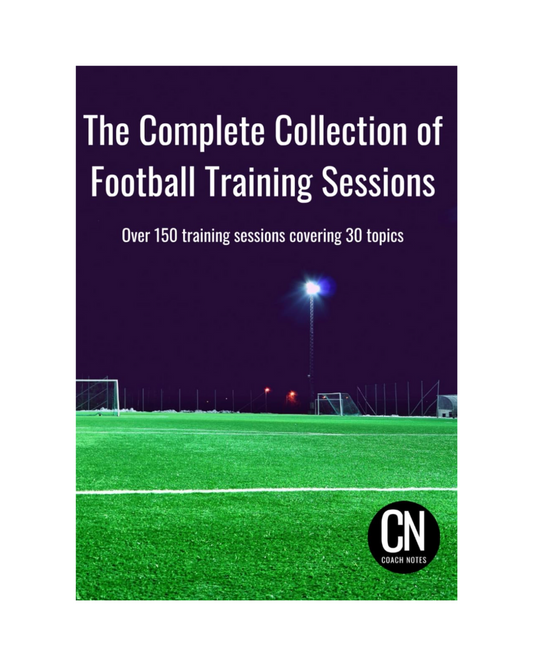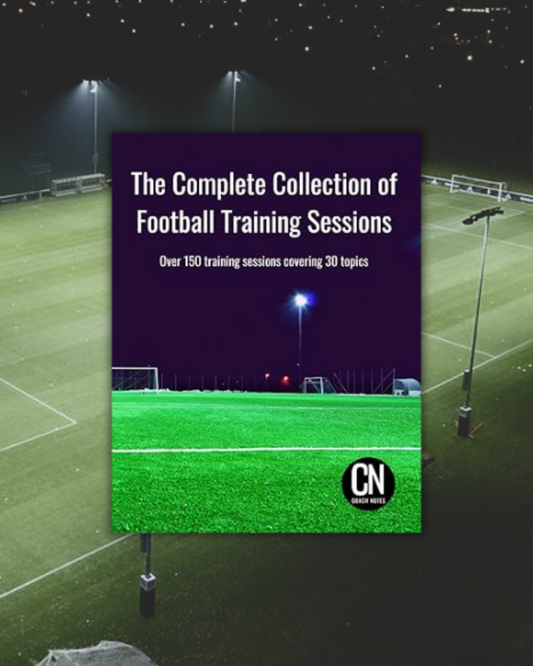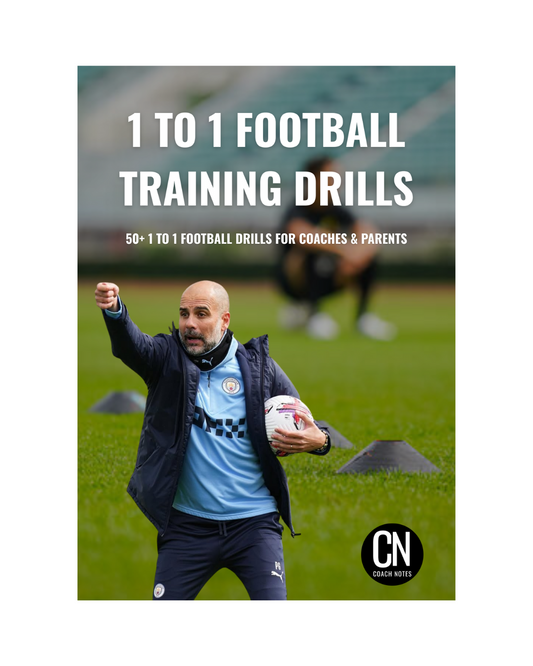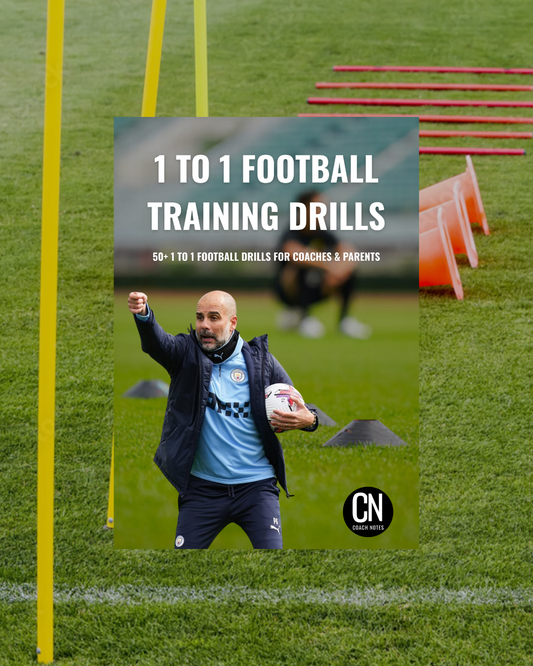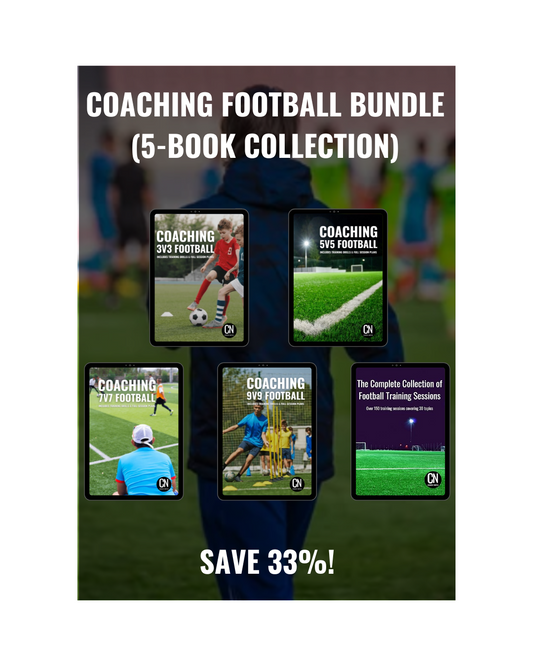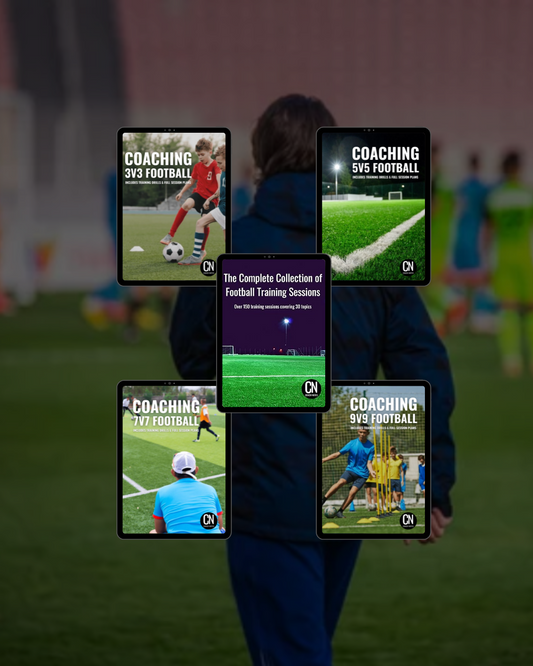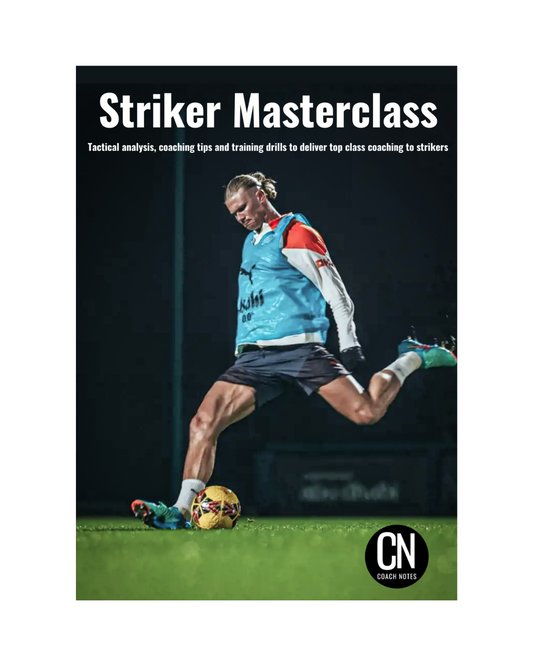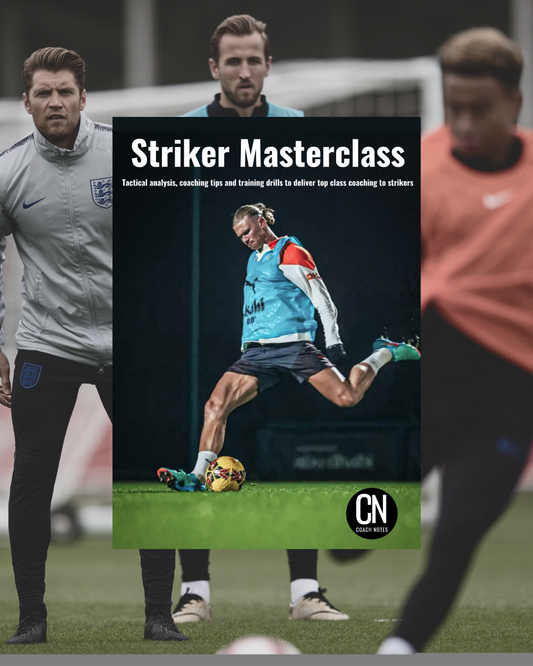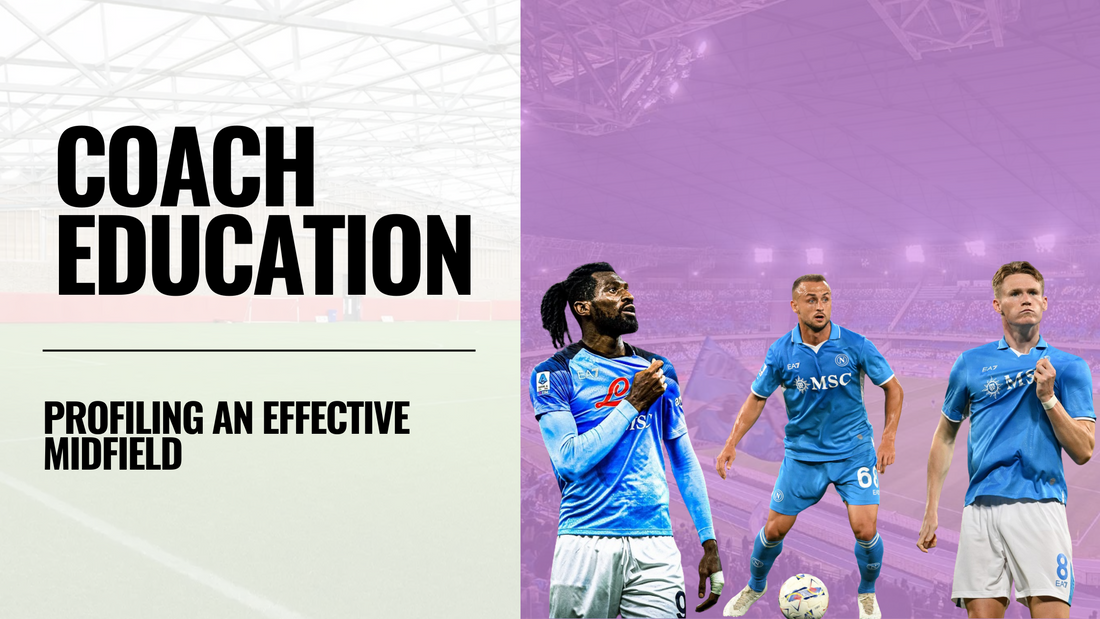
Profiling an Effective Midfield
Share
The midfield is often described as the "engine room" of a football team and for good reason. It’s the area that connects defence to attack, initiates pressing traps, dictates the tempo, and often defines the overall identity of the team. To build an effective midfield, coaches must go beyond simply selecting technically gifted players. It requires a deeper understanding of player profiles, team tactics, and how each individual complements the others within the unit.
In this article, we will explore how to profile midfielders based on tactical roles, physical and technical attributes, and team objectives, helping coaches create a midfield that is both balanced and impactful.
👤 Why Profiling Matters
Imagine a midfield trio composed entirely of deep-lying ball players. Technically elite, calm under pressure, brilliant in possession. Sounds ideal, but what happens when the ball is moved into the final third? Who breaks lines? Who supports the striker? Who arrives in the box or presses the opposition back line?
Profiling is about role suitability. To implement a successful playing style, your midfield must feature players who bring varied but complementary attributes and more importantly, align with your tactical plan.
🎯 Start With Your Tactical Aims
Before assessing individuals, coaches must first answer this question:
What do we want our midfield to do within our game model?
Here are some guiding scenarios:
1. Are you pressing high up the pitch?
Then you need a No. 10 or advanced midfielder who can cover ground quickly, engage with intensity, and anticipate passing lanes. This player should be a disruptor and have the physicality to start defensive actions in the opponent’s half.
Example profile:
A midfielder like Connor Gallagher - high work rate, pressing instinct, and ability to support in attack.
2. Playing with a single pivot or double pivot?
This shapes both the responsibilities and player types needed.
- A single pivot (e.g., 4-3-3) needs an elite controller. Someone who can scan, distribute, break up play, and anchor the midfield. They are often left isolated, so positional intelligence and press resistance are vital.
- A double pivot (e.g., 4-2-3-1) allows for shared responsibilities. One can be more of a passer while the other is a destroyer. It gives more freedom for one to step forward while the other holds position.
🔃 Understanding Movement Demands: Lateral vs Vertical
The movement demand placed on a midfielder also determines their profile.
Lateral Cover
A midfielder asked to cover width must be:
- Highly intelligent and tactically disciplined
- Excellent at receiving and recycling possession
- Strong in communication and team structure
Think of a player like Toni Kroos - not known for lung-busting runs, but tactically elite, always providing passing angles and maintaining shape.
Vertical Box-to-Box Role
If you want your midfielder to support both penalty boxes:
- Prioritise physical capacity (stamina, strength, pace)
- Value shooting ability and late box runs
- Look for defenders turned midfielders or attacking players with high transitional awareness
Example profile:
Jude Bellingham or Scott McTominay - players who contribute goals but are also able to contribute defensively.
🔄 Creating Balance Through Role Complementation
No single profile can dominate all phases, that’s why balance is key.
Let’s look at a model midfield structure inspired by Napoli’s recent balance:
- Lobotka: Deep-lying playmaker, brilliant in tight spaces, dictates tempo and keeps play ticking.
- Anguissa: Ball-winner and physical presence. Disrupts play, protects the back line, and breaks forward.
- McTominay: Physical, aerially strong, and makes aggressive forward runs into the box.
Together, they cover:
- Control and possession retention (Lobotka)
- Defensive solidity and duels (Anguissa)
- Offensive threat and vertical movement (McTominay)
Rotation options such as:
- Philip Billing (box-to-box runner)
- Billy Gilmour (technical, deep-lying passer)
...allow Napoli to tailor their midfield to the opposition or to cover for injury without losing their core tactical identity.
💭 Practical Coaching Considerations
1. Identify Core Attributes
When profiling your players, ask:
- Can they play under pressure?
- Are they physically dominant or more technical?
- Do they influence the game in and out of possession?
2. Analyse Complementarity
Pair players that cover each other’s weaknesses. If one is adventurous, the other must be more secure. If one is physical, pair them with a technician.
3. Be Opposition-Aware
Build flexibility into your squad planning. Against a team that sits deep, you may need an extra creative midfielder. Against a team that presses high, you may need dual pivots to help play out and resist pressure.
🧱 Conclusion: Build, Don’t Stack
A midfield is not just a group of talented players it is a carefully constructed unit, designed to serve a specific purpose. Effective midfield profiling takes into account:
- The tactical plan
- The movement needs
- The strengths and limitations of each player
- The chemistry and balance of the group
By developing a clear understanding of player profiles and building a complementary midfield, coaches can ensure their team has control, presence, and purpose in the centre of the pitch where matches are so often won or lost.
